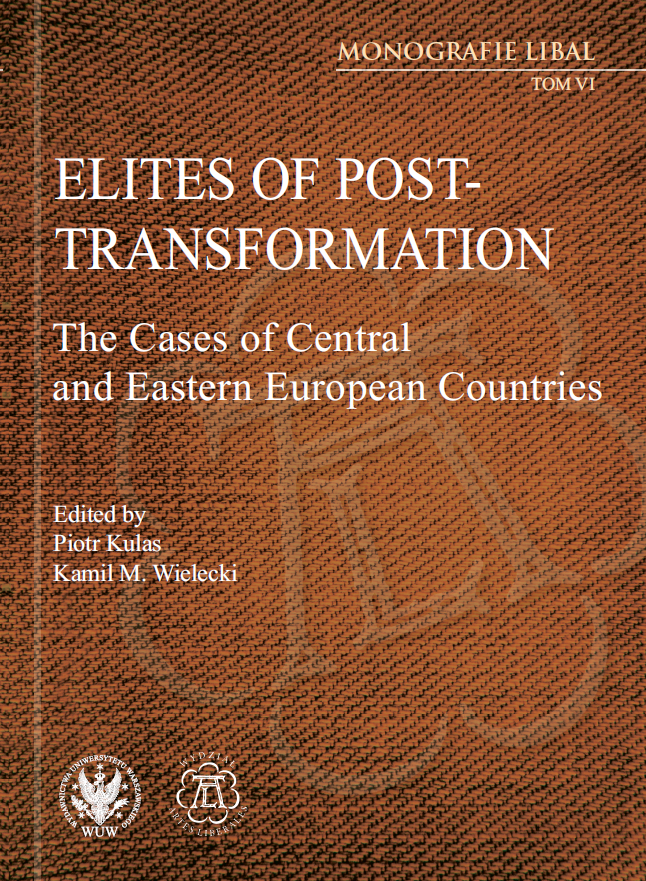THE DETERMINANTS OF PARLIAMENTARY TURNOVER IN CENTRAL AND EASTERN EUROPEAN COUNTRIES, 1990–2022
THE DETERMINANTS OF PARLIAMENTARY TURNOVER IN CENTRAL AND EASTERN EUROPEAN COUNTRIES, 1990–2022
Author(s): Elena Semenova
Subject(s): Politics, Sociology, Security and defense
Published by: Wydawnictwa Uniwersytetu Warszawskiego
Keywords: parliament; legislature; newcomer; parliamentarian; post-communist; Eastern Europe; turnover
Summary/Abstract: In this study, I examined the level of turnover, operationalized as a proportion of parliamentarians elected to a parliament for the first time, in the parliaments of eleven Eastern and Central European countries over the period from 1990 (or a country’s first democratic election) to 2022. A descriptive analysis showed that the average level of turnover in post-communist countries was approximately 50% for each election, although this proportion declined over the observation period. A beta regression analysis of the determinants of turnover revealed that it tends to be higher in systems with a popularly elected president, during the period of democratic transition (the 1990s), and under proportional electoral systems. Conversely, legislated gender quotas had a negative effect on turnover. The paper concludes with a discussion of the theoretical and practical implications of these results.
Book: Elites of Post-Transformation
- Page Range: 35-62
- Page Count: 28
- Publication Year: 2024
- Language: English
- Content File-PDF

